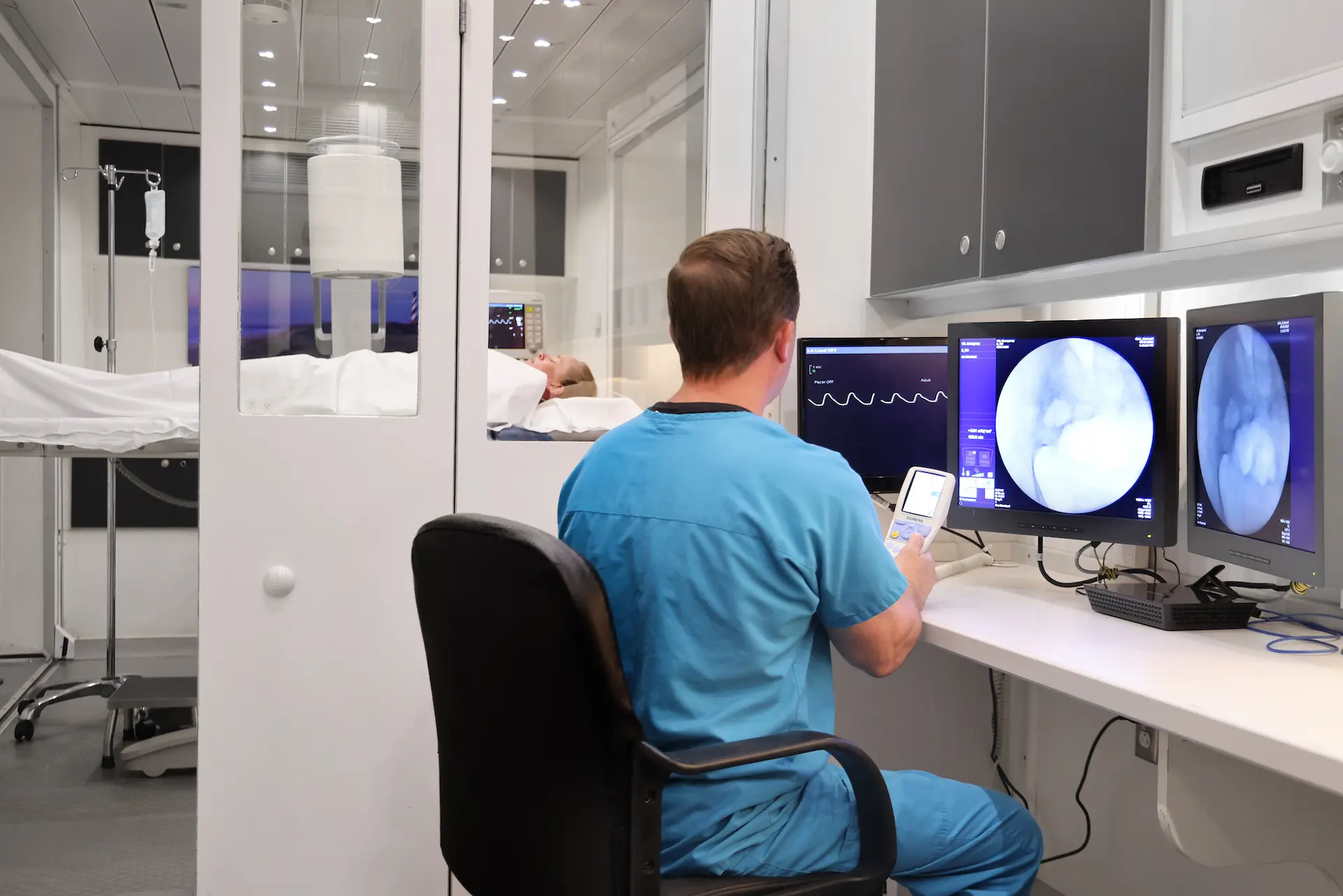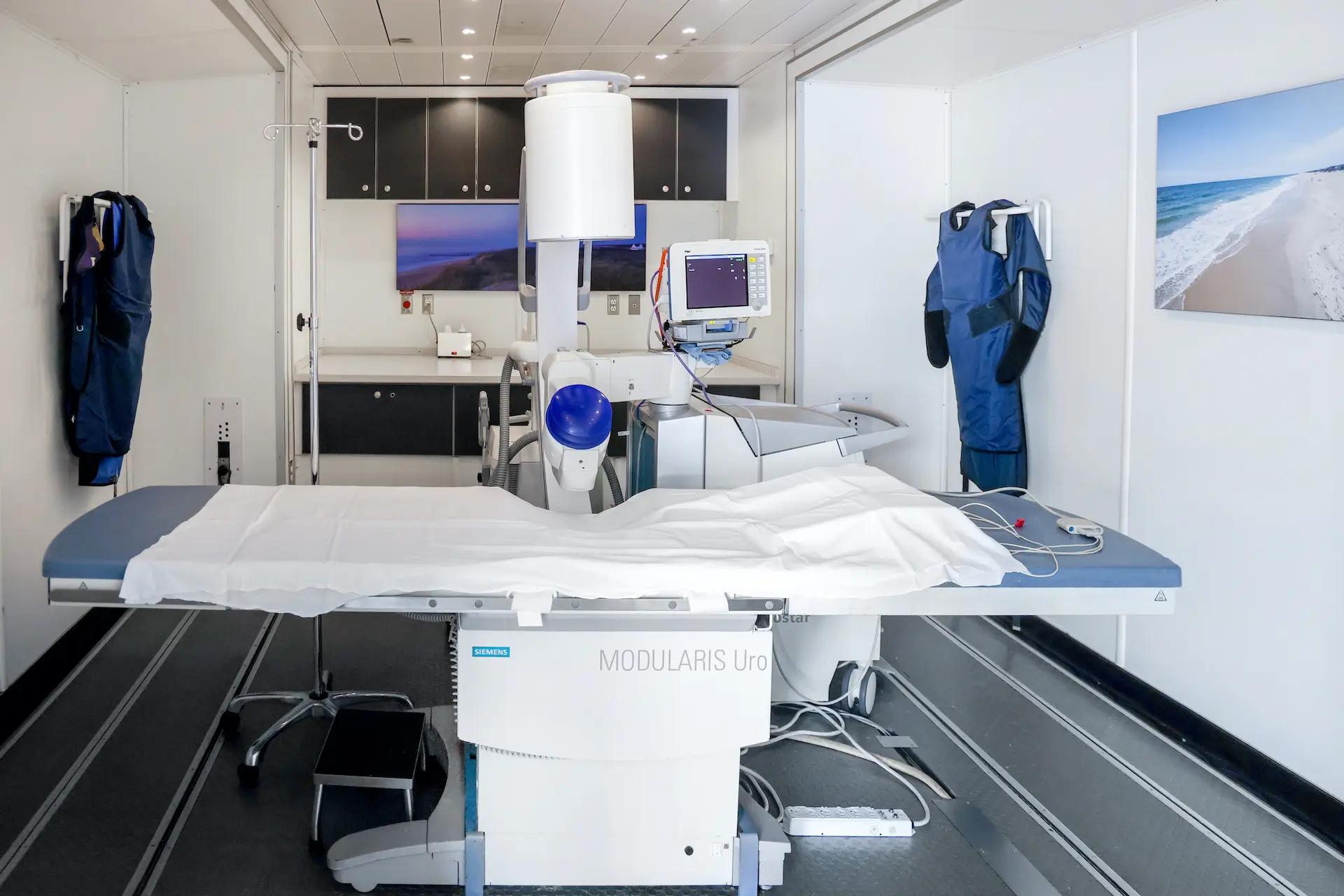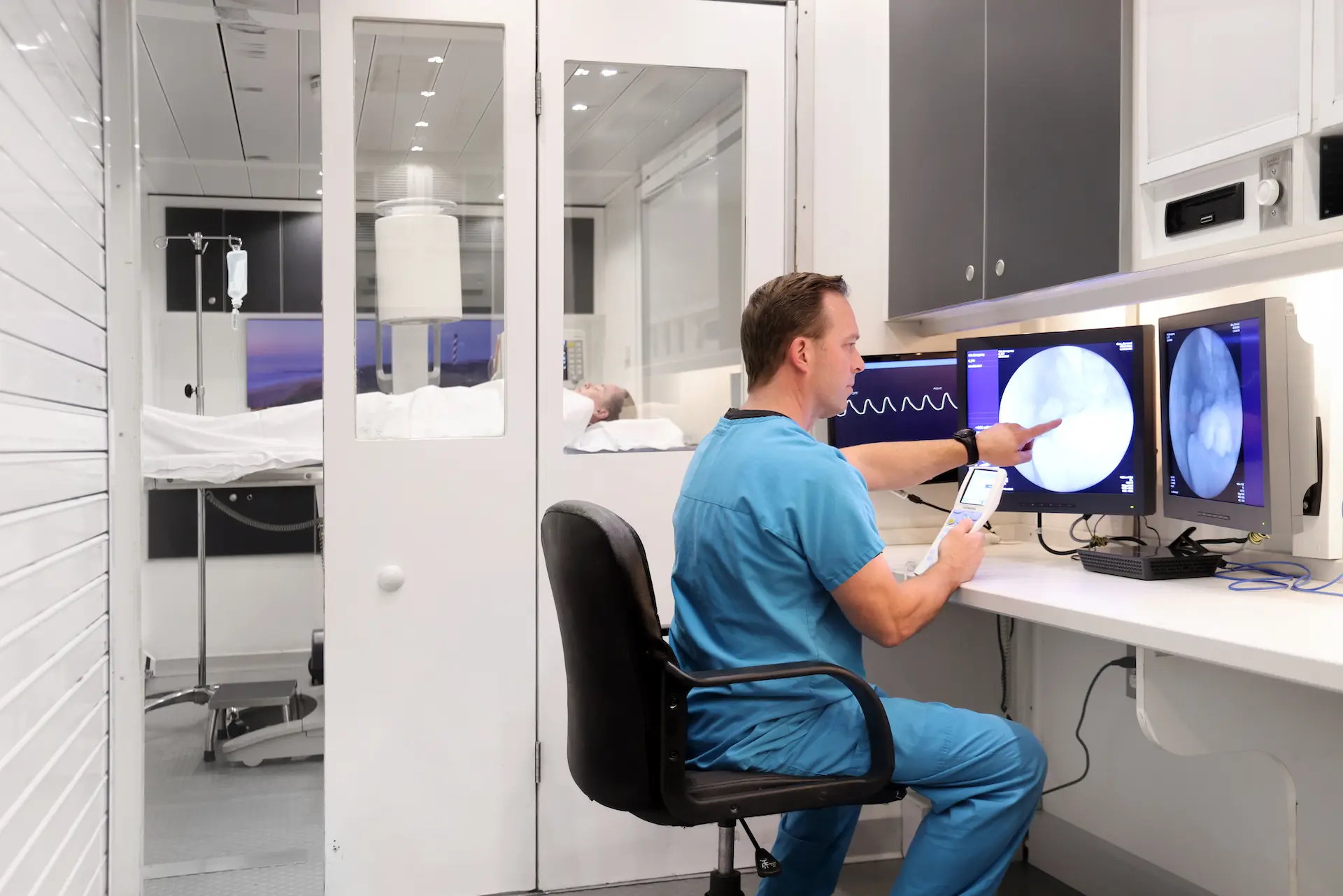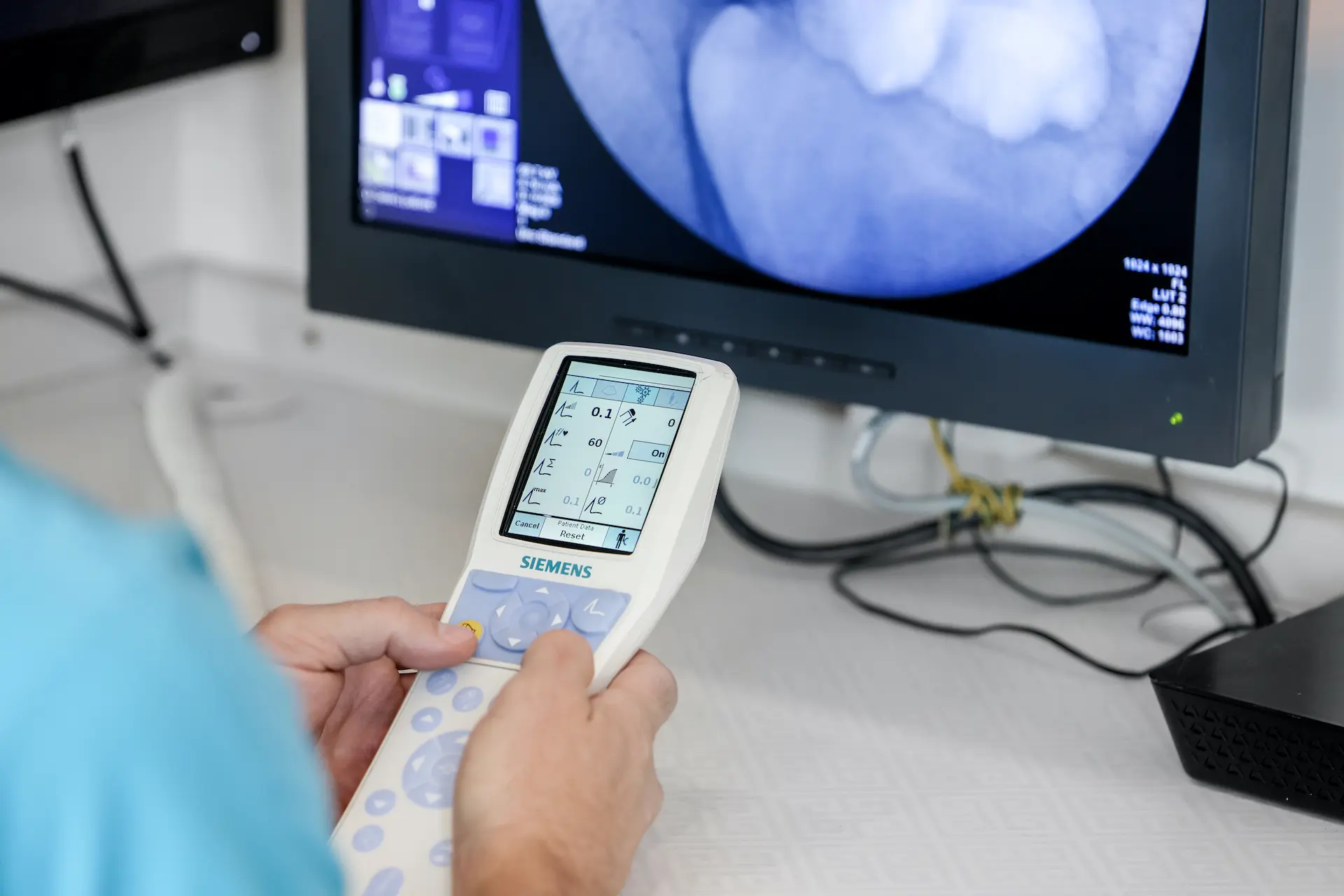Lithotripsy in the Research Triangle Area
Lithotripsy Procedures in the Research Triangle Area
Lithotripsy is a medical procedure used to treat kidney stones by breaking them into smaller fragments so they can be more easily passed through the urinary tract. The term “lithotripsy” comes from the Greek words “lithos,” meaning stone, and “tripsis,” meaning crushing. The procedure can be performed using different technologies, including shockwaves (extracorporeal shock wave lithotripsy or ESWL) or lasers (laser lithotripsy).
Lithotripsy has its origins in the early 1980s. Over the years, advancements in technology have improved the precision and effectiveness of lithotripsy, including the development of Extracorporeal Shock Wave Lithotripsy (ESWL), which offers greater control in fragmenting stones. Today, lithotripsy remains a widely used and effective option for treating kidney stones, significantly reducing the need for invasive surgical procedures. In fact, it’s the only non-invasive kidney stone treatment option.
Benefits / Advantages
Lithotripsy is the only non-invasive procedure that offers significant benefits for treating kidney stones. It eliminates the need for surgical incisions, reducing the risk of infection and complications. Most patients experience a short recovery time and can resume normal activities quickly. The procedure effectively breaks stones into a smaller sand-like substance that is easier to pass, often allowing patients to go home the same day.
Compared to invasive surgery, lithotripsy has a lower risk of complications such as infections or bleeding. Its versatility allows for the treatment of stones in various locations within the urinary tract, making it a popular and effective option for managing kidney stones.
Where Do I Find Treatment?
Triangle Lithotripsy Corporation brings high-quality kidney stone treatment directly to your community with our mobile lithotripsy unit. Our state-of-the-art equipment and specialized team travel to local hospitals and medical centers, making it easier for patients to access advanced care without the need to travel long distances. To receive treatment, patients must first consult with their doctor. We collaborate with healthcare providers to offer our services and equipment where it is needed most.
If you are interested in learning more about how Triangle Lithotripsy Corporation can assist with kidney stone treatment in your area, ask your doctor about lithotripsy today!




